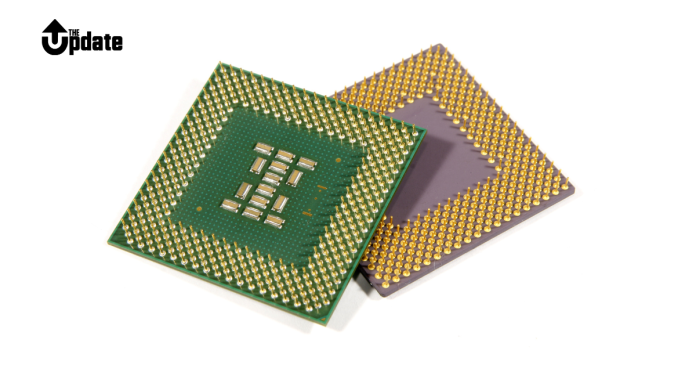Summary Table
| Feature | 32-bit Processor | 64-bit Processor |
|---|---|---|
| Data Handling | 32 bits at a time | 64 bits at a time |
| Max RAM Addressing | 4 GB | Virtually unlimited |
| Performance | Slower for modern tasks | Faster and more efficient |
| Software Support | 32-bit applications only | Both 32-bit and 64-bit apps |
| Use Cases | Basic computing tasks | Advanced computing tasks |
The terms 32-bit and 64-bit refer to the architecture of a computer’s processor (CPU), specifically the way it handles information. These two architectures determine the processor’s speed, memory capacity, and overall performance. Here’s a breakdown of the key differences:
1. Data Processing Capacity
- 32-bit Processor:
- Can handle 32 bits of data at a time.
- Limited to processing smaller amounts of data in a single operation.
- 64-bit Processor:
- Can process 64 bits of data at a time.
- Offers faster performance due to the ability to handle larger chunks of data simultaneously.
2. Memory Addressing
- 32-bit Processor:
- Can address up to 4 GB of RAM (2³² = 4,294,967,296 bytes).
- Unsuitable for modern applications requiring more memory.
- 64-bit Processor:
- Can address up to 18 quintillion bytes of RAM (2⁶⁴ bytes), although current operating systems usually cap this much lower.
- Ideal for high-performance computing and multitasking.
3. Compatibility
- 32-bit Processor:
- Can run only 32-bit operating systems and applications.
- Modern software support is declining.
- 64-bit Processor:
- Backward compatible with 32-bit software (in most cases).
- Runs both 64-bit and many 32-bit operating systems and applications, making it more versatile.
4. Performance
- 32-bit Processor:
- Adequate for basic tasks like browsing, word processing, and light applications.
- Limited in handling demanding software or games.
- 64-bit Processor:
- Significantly better performance, especially for resource-intensive tasks like video editing, gaming, and large data processing.
5. Software Support
- 32-bit Processor:
- Limited to 32-bit software, which is becoming outdated.
- Operating systems like Windows 10 are phasing out 32-bit versions.
- 64-bit Processor:
- Fully supported by modern operating systems (e.g., Windows, macOS, Linux).
- Allows for 64-bit software, which is more efficient and secure.
6. Examples and Use Cases
- 32-bit Processors:
- Older systems or devices like early Intel Pentium or AMD processors.
- Useful for basic tasks and legacy applications.
- 64-bit Processors:
- Modern processors like Intel Core i3, i5, i7, i9, and AMD Ryzen series.
- Ideal for gaming, 3D modeling, software development, and high-end computing.
Conclusion
The key difference lies in how much data and memory the processor can handle. 64-bit processors are more powerful, versatile, and better suited for modern computing needs, while 32-bit processors are now largely obsolete and used in older systems or low-performance devices.



